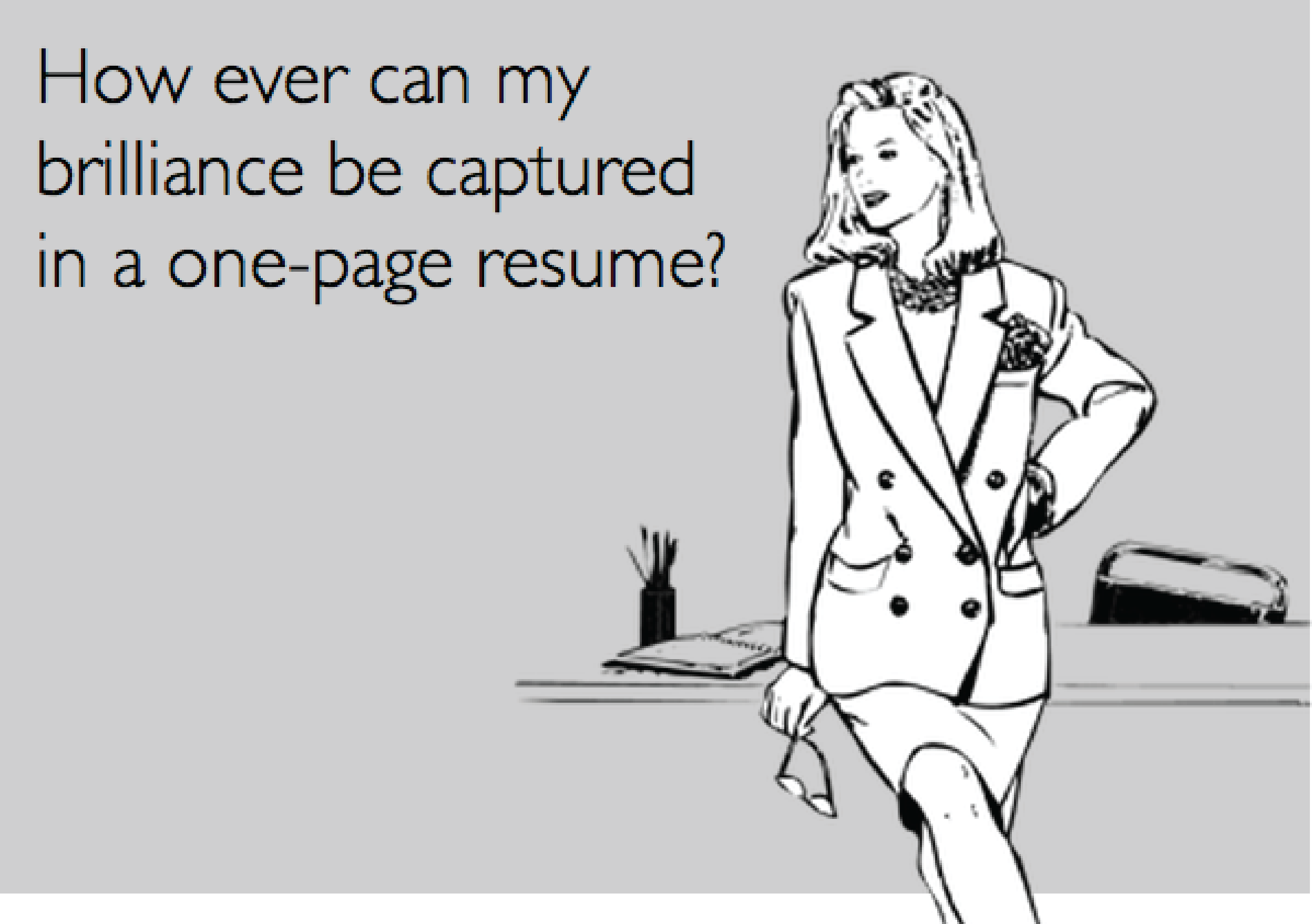Writing your own resume is not a simple task; it’s easy to become flustered and to develop writer’s block. What is important is to try to get the information down on paper first. A lot of the time, it’s all in your head already, but many people get stuck trying to get the wording correct from the get go. I actually find it helpful to write the information down even if it does not quite make sense, then edit the content. After that comes finalizing the layout, format, and font.
So in an effort to help you through the process, here are some helpful tips:
When writing your resume, start with the simple and easy stuff first. Once you are on a roll, it can give you the extra confidence to work through the rest. The easier items to work on would be:
- Name and contact information
- Add the section headings. I always start with the standard headings (then I may alter them as part of finalizing the document): Profile; Competencies; Professional Experience; Education/Training/ Certifications; Professional Affiliations; Other.
- Now fill in the content. Start first with the easier sections – this can include your education, training, courses, certifications, licenses. Under “Other”, you can include hobbies, awards, volunteer activities, conferences, etc. If you have a number of completely unrelated items, go ahead and create a heading for the appropriate information. Examples of this could be: Awards; Patents; Public Speaking Events; Publications; Training; Certifications; Internships.
- Next add your position titles, locations of employment, and dates.
Now for the details of your employment. This can be the most painful part of the process, so to take a break often to work through the information in your head. Read through job descriptions you are interested in and note the skills they are looking for – this will help you determine which parts of your experience you need to emphasize in your resume. Then begin populating the information for each position. As mentioned before, getting the information onto paper is the first step. Once it’s there then you can go back and fine tune it. Here are some key things to remember:
- Start your sentences with active verbs.
- Remove all first case pronouns – your resume should be written in first case implied.
- Leave details for the interview.
- Include measurable results where possible.
- Watch for run-on sentences.
- Do not start a sentence with “Responsible for…”
- Be direct and to the point.
Start populating the information in the other sections. Work on the competencies list, then start your profile. With regards to your profile, try to make it short and sweet. Remember the profile is the theme of your resume – it gives the reader a quick synopsis of your value proposition, with the rest of the resume being the “proof of the pudding”.
Lastly, finalize your resume. I know it’s a process, but here is some advice to make the process easier:
- Get feedback from others.
- Use the resources you have at hand to help you with the different formats and styles of resumes (resume texts, internet, resume services).
- Read your resume, sleep on it, then read it through again.
Thank you to one of our resume experts, Jasmine Marchong, for this article and the resume tips.



